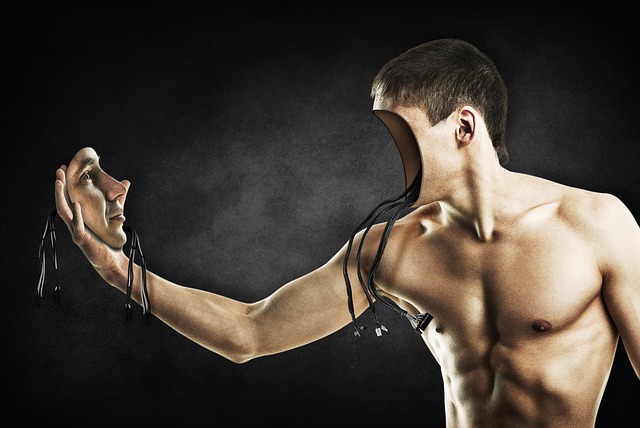Facial recognition software is the fastest-growing biometric cybersecurity measure with the market expected to reach $7.7 billion by 2022. With the rapid improvement of facial recognition algorithms, the technology is already being used in many industries and areas of public life: on smartphones, on social media and perhaps most controversially, in surveillance and law enforcement.
As with many technologies in the early stages of public rollout, this rapid development has led to a lot of misconceptions about its potential dangers and misuses. The past year has seen widespread adoption of AI by the police and homeland security. This has generated a subsequent backlash from civil liberties campaigners.
Use and abuse
Three cities have banned the technology in the past year, most notably, San Francisco on the grounds of privacy infringement. Others have expressed fears about the possibility of identity theft. Yet in this latter example, facial recognition has been making serious inroads into the prevention of cybercrime.
The technology has an extensive range of applications in Know Your Customer checks, where the aim is to prevent fraud with ID verification. These rigorous checks are mandated by law to curb the likelihood of transacting business with individuals on government watchlists or with criminals using stolen identities.
In many sectors, facial recognition technology has already expedited the cumbersome and long-winded process of manual verification: sending documents back-and-forth to the appropriate third-parties, attending in-person meetings, etc.
More to the point, the increased cybersecurity offered by facial recognition software technology has become increasingly clear. Already, AI facial recognition software has a higher success rate of spotting discrepancies between identity documents than its human counterparts. This limits the likelihood of human error, reducing the likelihood of fraud and similar crimes.
Case study: the iPhone X
Apple’s adoption of facial recognition software for its iPhone X was another early indication of the enhanced protection the technology can offer individuals. Implemented properly, three-dimensional facial recognition has several advantages over Apple’s earlier Touch ID fingerprint recognition software.
For iPhone users, Face ID has become an efficient, accurate and highly secure verification method that protects individual data rather than compromising it. Used rightly, technology can help uphold individual liberty and security.
The future of facial recognition
Facial recognition software is improving exponentially. One recent study suggested AI technology in this area saw an increase in accuracy of 2000% from 2014-2018, placing it at the forefront of so-called deep learning, where a system is capable not only of responding to data but actively processing it for future system improvements.
With major investment from multiple industries, this trend looks likely to continue.
It’s how you use it
In the age of big data, protecting consumer information is more vital than ever. But banning the use of facial recognition is caving into the temptation to throw the baby out with the bathwater.
As we’ve seen, facial recognition is already keeping people’s data safe and curbing the rise of cybercrime. The take-home here is that AI technology is only ever as good as the people regulating it.



